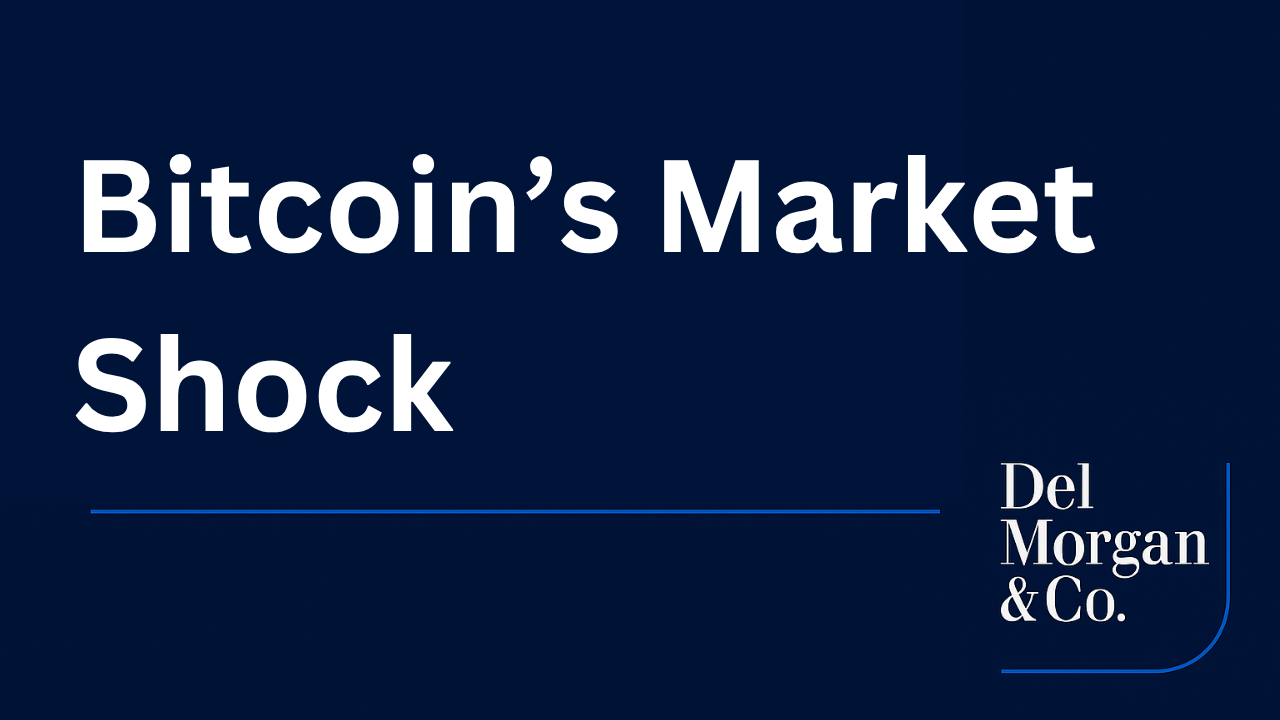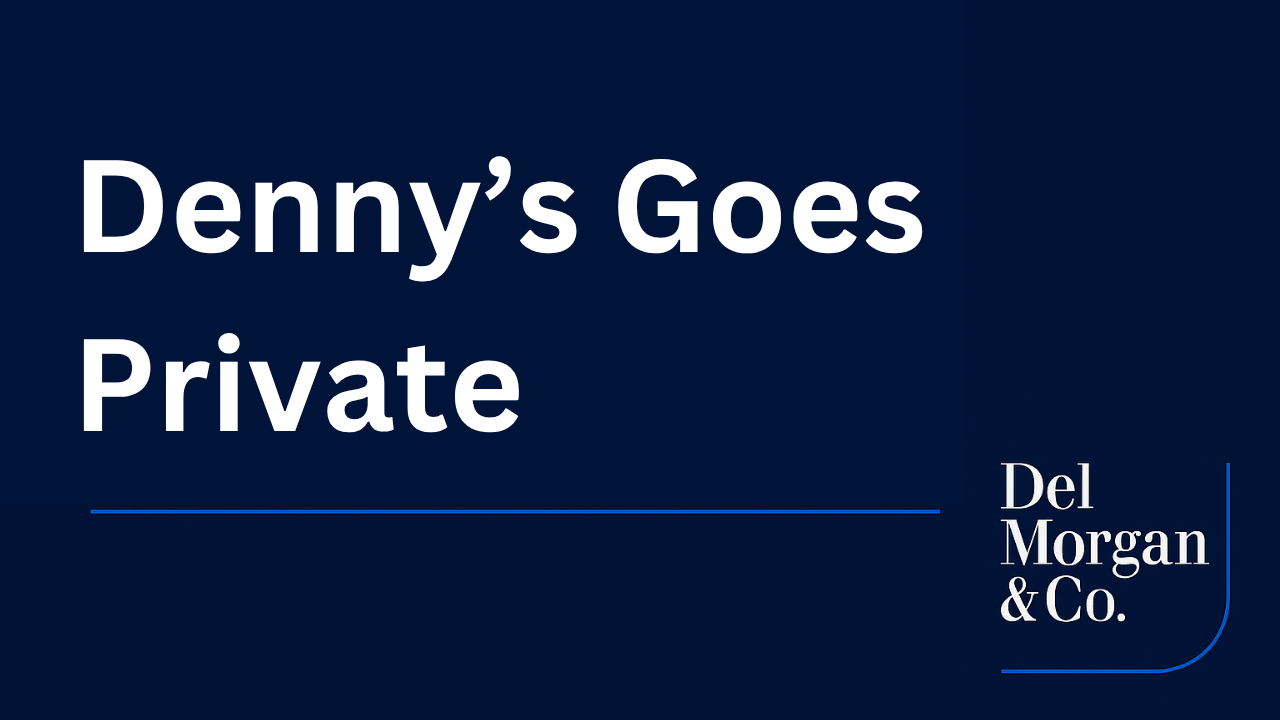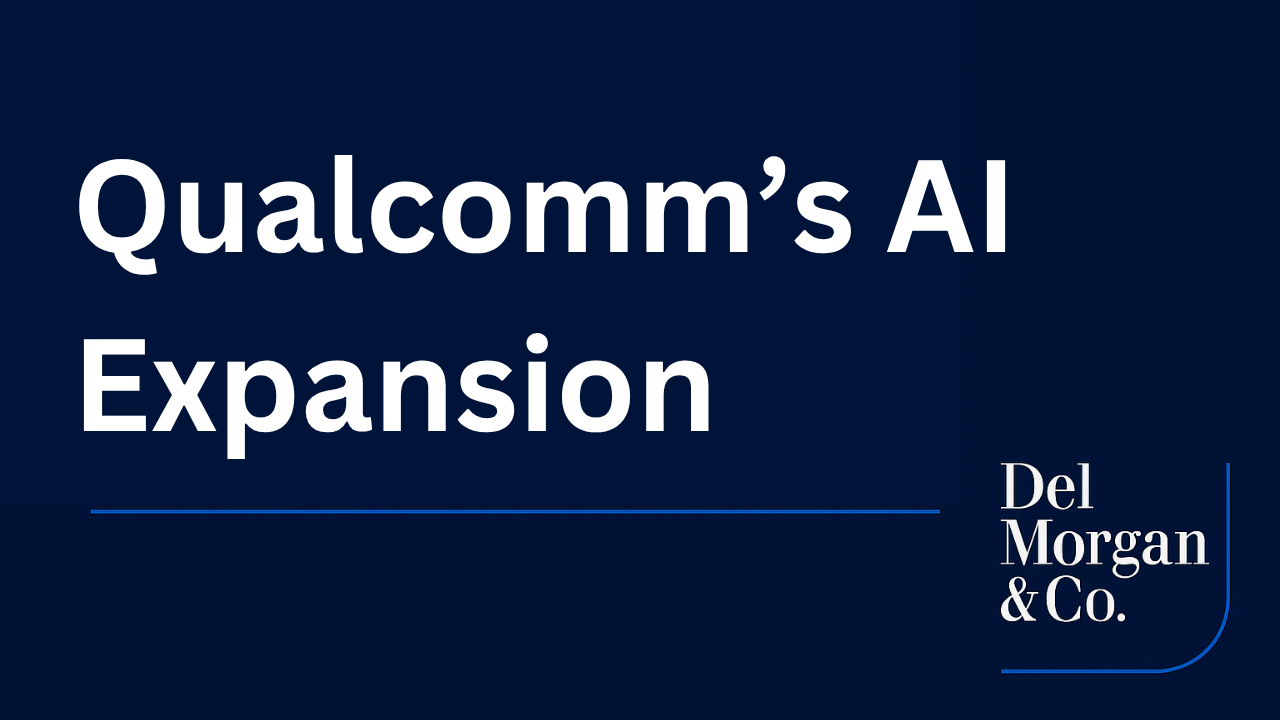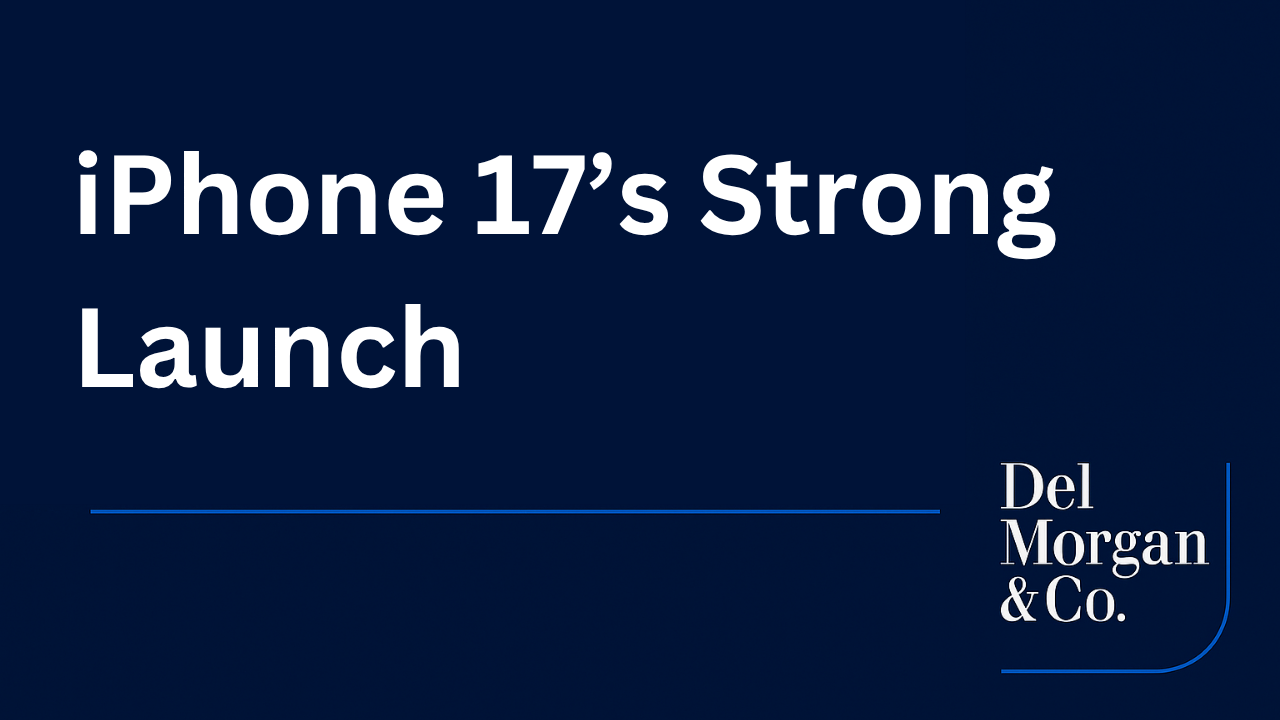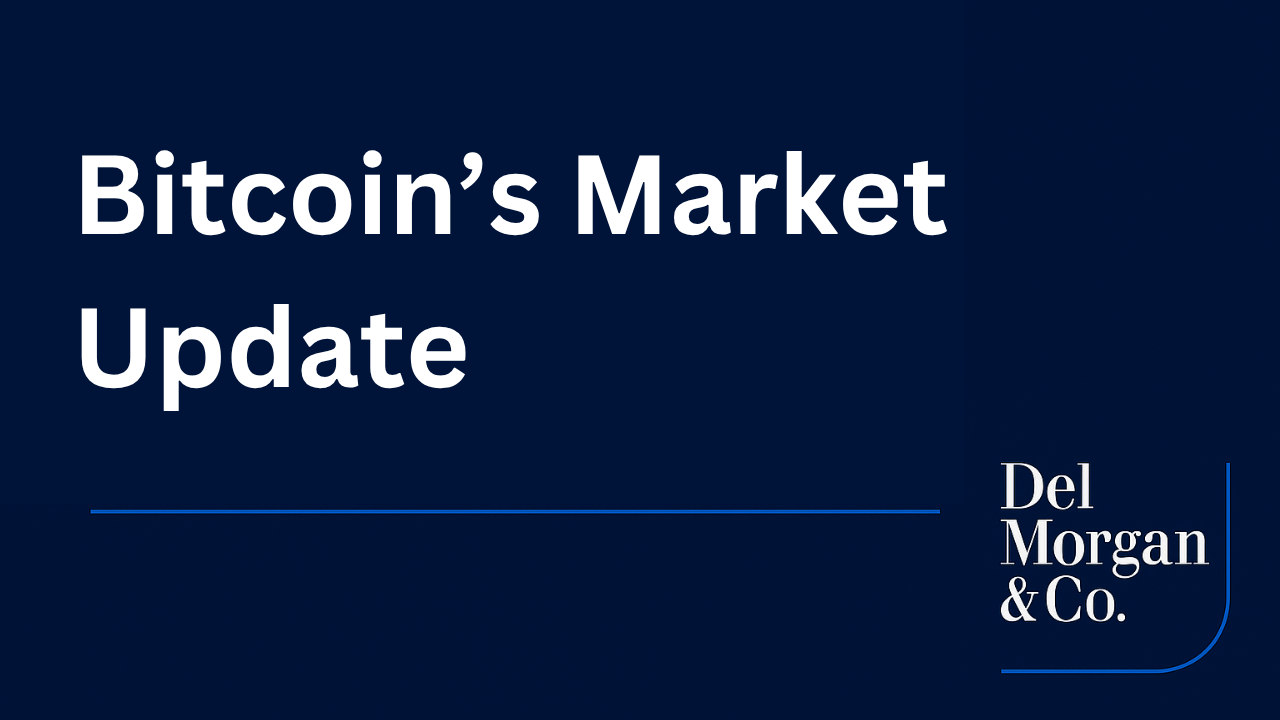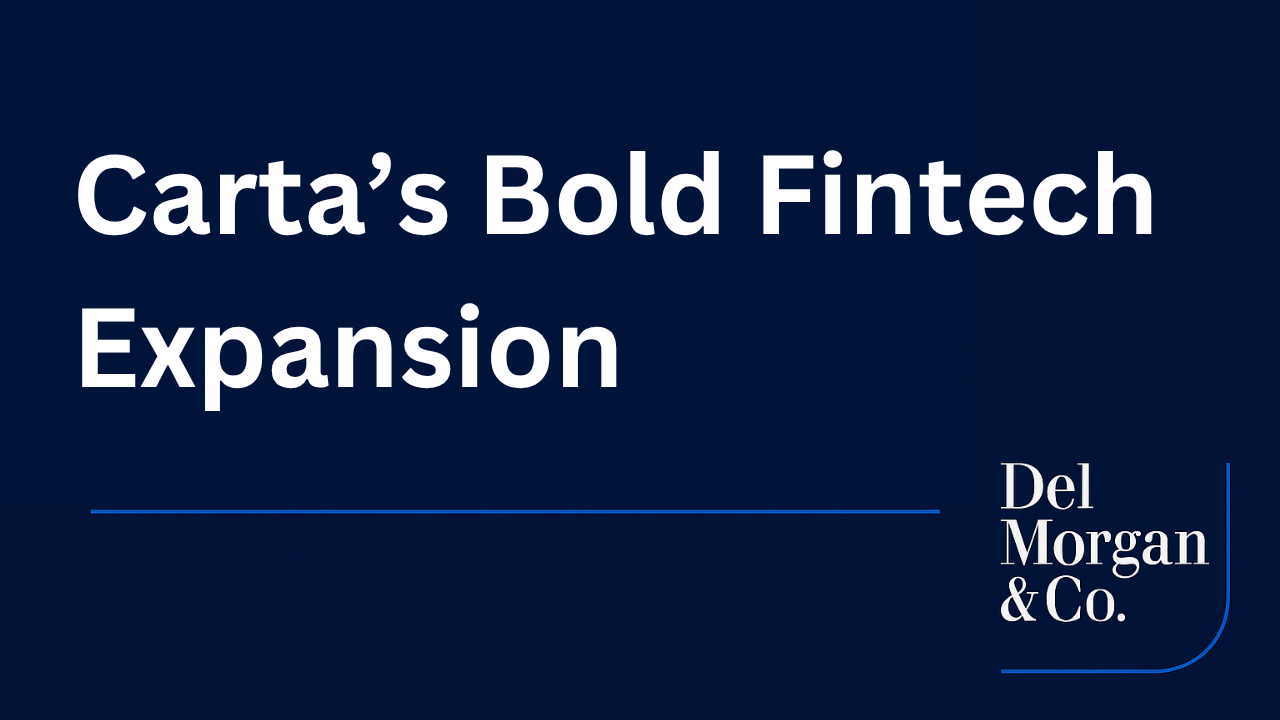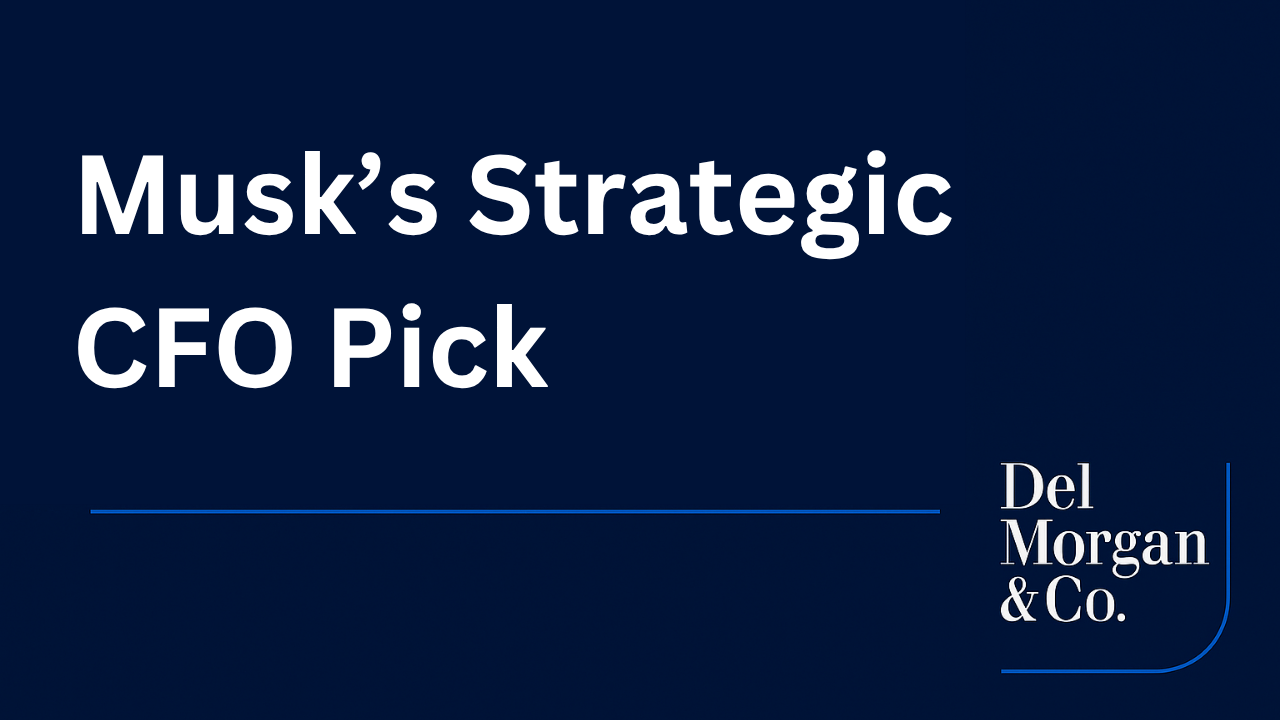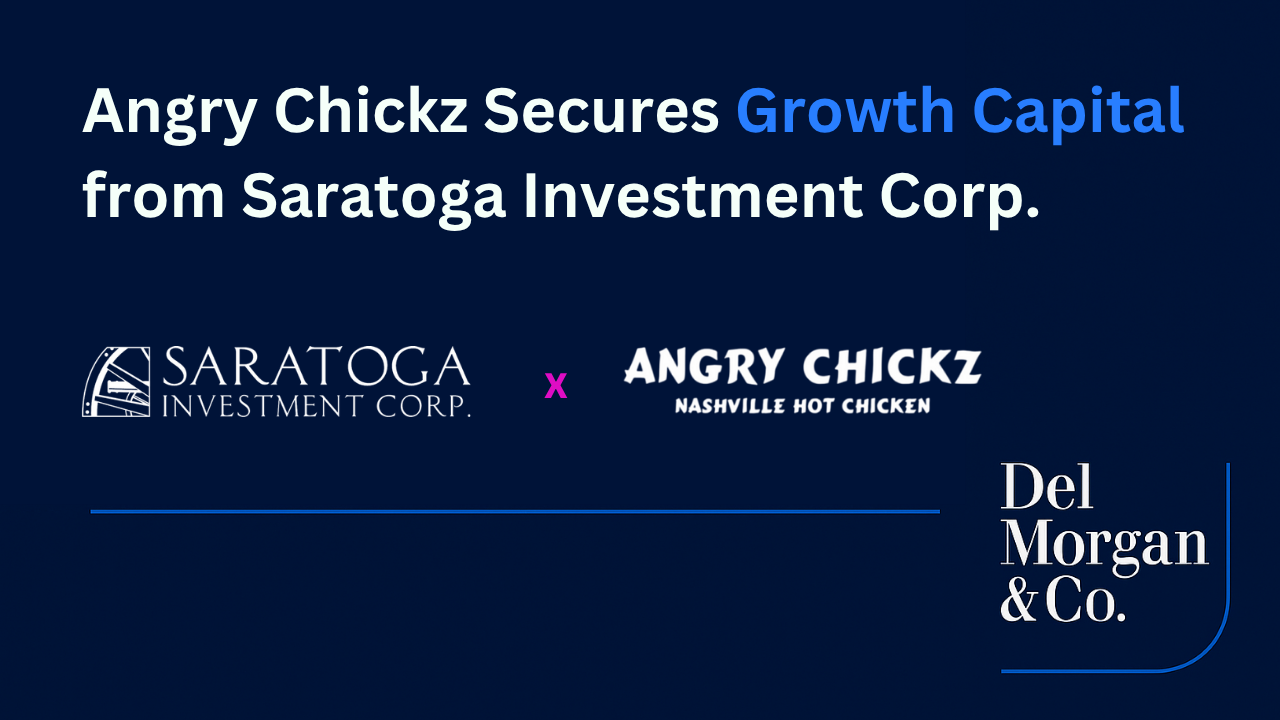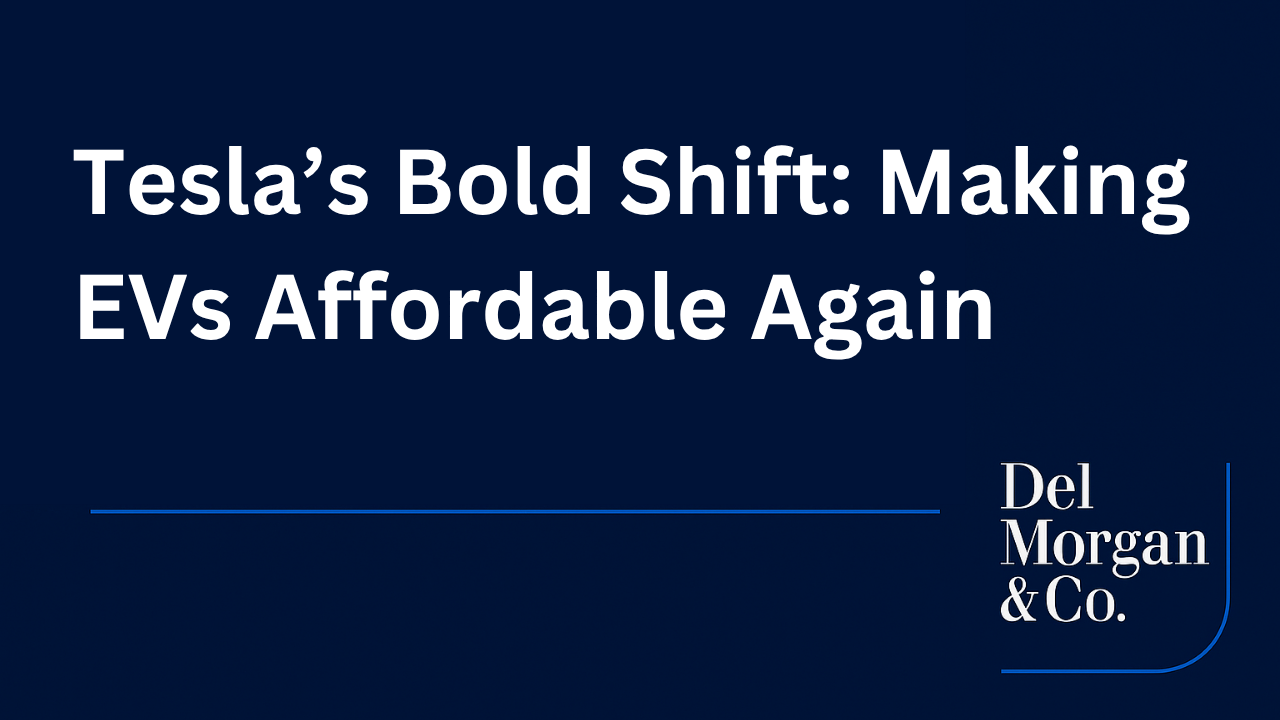Introduction
The emergence of artificial intelligence across the technology sector has ushered in a new era of innovation and disruption. One startup rapidly gaining attention in this landscape is Mercor. Founded in 2023 by a young and highly driven founding team, the company is positioning itself at the intersection of human talent, AI-powered matching and the digitization of knowledge work. This article examines how Mercor’s model functions, why it matters to the broader technology ecosystem and how its trajectory may reshape employment, training and productivity over the long term.
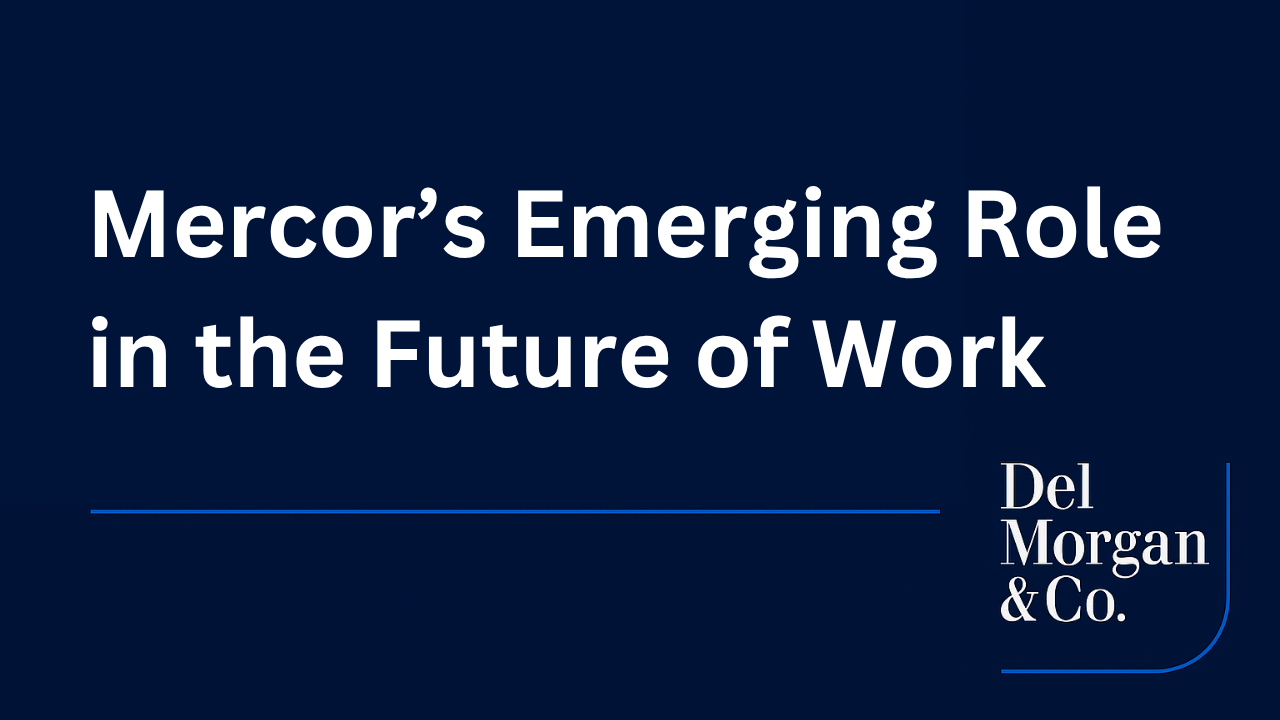
Mercor’s Business Model and Technological Core
Mercor began as a recruiting platform but has evolved quickly. According to TechCrunch, the company raised $100 million in a Series B round in early 2025 at a valuation of roughly $2 billion. The founders – Brendan Foody, Adarsh Hiremath and Surya Midha – all left college to build the company around the view that the existing talent ecosystem is inefficient and structurally misaligned with the way companies scale. The platform deploys artificial intelligence to automate and optimize core elements of the hiring cycle. Its policy and data usage documents indicate that Mercor analyzes resumes, conducts AI-driven video interviews and applies public profile information to refine its matching algorithms. Employers submit job descriptions while Mercor’s engine scores candidates on skills, experience and predictive performance, generating a ranked match set. While the platform initially focused on software engineers, it has expanded into broader fields, including finance, law, medicine and consulting. The central thesis is that by applying data analytics and machine learning, hiring becomes materially more efficient, and talent can be aligned with project-based needs rather than bound to traditional full-time structures.
Impact on the Tech Sector: Talent Matching & Workforce Transformation
Mercor’s model has several implications for the broader technology landscape. First, it reflects a shift from static, full-time roles toward flexible, project-based talent allocation. Companies gain the ability to pull in the most qualified contributor on demand, which is particularly aligned with the pace and volatility of AI development cycles. Second, Mercor’s emphasis on predictive performance metrics elevates the sophistication of recruiting. Instead of relying on resumes and interviews alone, the platform evaluates candidate outputs and iteratively improves matching quality through feedback loops. This approach raises the bar for talent evaluation in a competitive sector where execution quality matters. Third, the company expands geographic and disciplinary access to talent. Mercor reports significant sourcing activity from India, followed by the United States and parts of Europe and South America. As companies increasingly require niche domain specialists to support AI systems, access to a global bench becomes strategically valuable.
Disruption of Traditional Employment and Upskilling Pathways
Mercor also accelerates the shift away from conventional employment models. Rather than hiring based on tenure or academic pedigree, firms can rely on modular, performance-driven talent pools. This trend aligns with the rise of fractional roles and high-leverage contractors.
The model additionally creates new on-ramps for cross-disciplinary professionals. Doctors, lawyers and financial analysts can participate in AI development efforts that require domain specificity. In doing so, the distinction between “tech worker” and subject-matter expert becomes less meaningful. This cross-pollination may enhance both AI model quality and industry relevance.
Challenges and Considerations for the Tech Ecosystem
Several challenges accompany the model’s growth. Data governance and fairness considerations are foremost. Because the matching engine is AI-driven, questions arise regarding transparency, bias mitigation and candidate rights. Mercor’s stated policy clarifies that interview data are not used to train third-party models and that users can request deletion, though the power shift toward algorithmic evaluation still warrants monitoring. Second, the transition to task-based models may pressure legacy roles. Firms replacing headcount with modular contributors could reshape compensation, benefits and career paths. While Mercor frames this as a productivity gain that expands opportunity, the downstream labor effects remain uncertain. Third, competition and legal exposure are nontrivial. The company operates in a fast-moving ecosystem central to the infrastructure of generative AI. Scale AI has already filed litigation alleging trade-secret misappropriation against Mercor, illustrating competitive intensity and IP sensitivity in the market.
Strategic Implications for Tech Firms and Sector Growth
For technology firms, platforms such as Mercor serve as accelerators of operational scale. AI labs and startups frequently encounter bottlenecks in sourcing specialized labor for annotation, evaluation and domain-specific review. Mercor reduces hiring friction and enables rapid deployment of talent to match development velocity. As AI expands into regulated industries — including healthcare, finance and legal services — the ability to route domain specialists into model training loops is becoming a competitive differentiator. Platforms such as Mercor support that transition and create a deeper human-in-the-loop infrastructure layer for enterprise AI.
At the ecosystem level, this reflects maturation of the AI stack. Infrastructure is no longer limited to compute and models, but encompasses the labor rails that facilitate deployment. Mercor has the potential to become a foundational layer in that stack, particularly if matching marketplaces become a standard component of AI operations.
Conclusion
Mercor’s rise illustrates a structural shift underway in the technology sector: AI-enabled talent marketplaces, flexible workforce models and cross-disciplinary integration. Its approach creates opportunity for firms seeking execution speed, and for professionals seeking new ways to engage with AI-driven innovation. It also introduces new questions around governance, workforce stability and competitive risk. As demand for high-quality domain annotation and performance-based matching accelerates, platforms such as Mercor may become embedded in the operating fabric of AI companies. Whether this becomes industry-standard or remains an outlier, the directional shift in how talent is sourced, evaluated and deployed is already reshaping the future of work within the AI ecosystem.
About DelMorgan & Co. (delmorganco.com)
With over $300 billion of successful transactions in over 80 countries, DelMorgan‘s Investment Banking professionals have worked on some of the most challenging, most rewarding and highest profile transactions in the U.S. and around the globe. DelMorgan specializes in capital raising and M&A advisor services for companies across all industries and is recognized as one of the leading investment banking practices in Los Angeles, California and globally.
Learn more about DelMorgan’s Capabilities, Transactions, and why DelMorgan is ranked as the #1 Investment Bank in Los Angeles and #2 in California by Axial.
